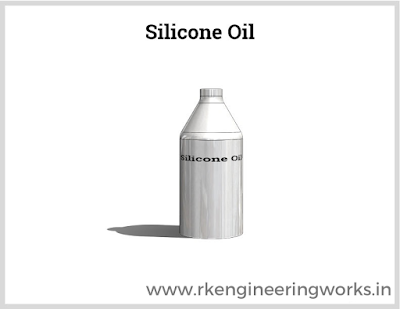A hydraulic lift is a device for moving objects using force created by pressure on a liquid inside a cylinder that moves a piston upward. Incompressible oil is pumped into the cylinder, which forces the piston upward. When a valve opens to release the oil, the piston lowers by gravitational force.
Hydraulic Lifts Can Be Good Alternative to Rope Elevators
If you work in the industrial field, odds are you’ve handled more elevators and lifts than you can count. But have you ever wondered how exactly a hydraulic lift works? Or what’s the difference between a hydraulic elevator and a regular elevator?
Don’t worry, it’s not too complicated. Read on to learn the secrets behind hydraulic lifting systems.
Hydraulic Lifts vs Roped Elevators
Technically speaking, anything that lifts an object or person is an elevator. You don’t need buttons or a carpet or terrible background music—just tie a rope around a box. Congratulations! That’s an elevator.
There are only two major lifting systems in use today: hydraulic elevators and roped elevators. Both types of lifting systems have their pros and cons.
A hydraulic elevator is any device that uses Pascal’s Principle to do some serious heavy lifting with not much effort from the operator.
Without sounding too much like an 8th-grade physics professor, here’s the gist of hydraulic lift physics: Fluid trapped in a container can transfer enormous amounts of force. By applying force to a small amount of trapped liquid, that force can be transferred to a much larger surface area on the other side of the container.
Hydraulic lifts are a great option for moving enormous objects that otherwise couldn’t be lifted by any reasonable rope elevator.
The diagram below represents a simple version of the working mechanism of a hydraulic device. The handle on the right moves the incompressible oil, under pressure, from the reservoir to the high pressure chamber in the middle of the diagram. The ram moves up as the oil is pumped in.
Force Generated
The force generated in a hydraulic system depends on the size of the pistons. If the smaller of the two pistons is two inches and the larger piston is six inches, or three times as large, the amount of force created will be nine times greater than the amount of force from the smaller piston. One hundred pounds of force by a small piston will be able to lift 900 pounds.
In this diagram, the piston on the left has a one pound load and an area of one inch. When it moves down ten inches, it is able to move the ten pound load on the piston on the right.
Parts of a Hydraulic System
The purposes of hydraulic systems widely vary, but the principles of how hydraulic systems work and their components remain the same for all applications. The most significant part of a hydraulic system is the fluid or liquid. The laws of physics dictate that the pressure on the fluid will remain unchanged as it is transmitted across a hydraulic system. Below is an explanation of each part of a hydraulic system.
Hydraulic Circuits:
Hydraulic Circuits control the flow and pressure of the liquid in the system. The image below shows all of the different parts of a hydraulic circuit.
Hydraulic Pump:
Hydraulic Pump converts mechanical power into hydraulic energy. Hydraulic pumps create a vacuum at the pump inlet, which forces liquid from the reservoir into the inlet line and out to the outlet to the hydraulic system.
Hydraulic Motor:
Hydraulic Motor is an actuator to convert hydraulic pressure into torque and rotation. It takes the pressure and flow of the hydraulic energy and changes it into rotational mechanical energy, similar to a linear actuator. The pump sends hydraulic energy into the system, where it pushes the hydraulic motor.
Hydraulic Cylinder:
Hydraulic Cylinder converts the energy in the hydraulic fluid into force and initiates the pressure in the fluid that is controlled by the hydraulic motor.
Hydraulic Pistons:
Hydraulic Pistons are moved linearly by fluid pressure. Axial designs have a number of pistons arranged in a circular pattern in a rotating housing.
Hydraulic Fluids:
Hydraulic Fluids transfer power in a hydraulic system. Most hydraulic fluids are mineral oil or water. The first hydraulic fluid was water before mineral oil was introduced in the twentieth century. Glycol ether, organophosphate ester, polyalphaolefin, propylene glycol, and silicone oil are used for high temperature applications and fire resistance.











0 Comments